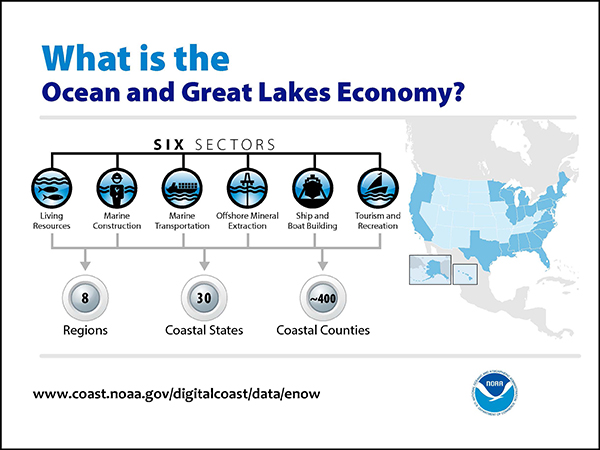Issue
In many coastal areas of the United States, tourism and recreation are major contributors to the local economy. The development of offshore facilities that harness wind power to generate electricity, however, could have serious impacts on coastal tourism and recreation. Although other nations have used offshore wind facilities for decades, the technology is new to the United States, so there is little data on its tourism and recreation impacts domestically.
Process
The Bureau of Ocean Energy Management (BOEM) sponsored development of an economic baseline for tourism and recreation in East Coast areas that would be most impacted by offshore wind development. The researchers began by reviewing existing literature to develop a “scorecard” that would rank coastal areas by their exposure to these impacts. The scorecard was applied to 113 geographies, primarily counties. The researchers then developed community profiles for the 70 most vulnerable counties. Each community profile includes a variety of economic, social, and tourism-related information, and Economics: National Ocean Watch (ENOW) data as presented in the Ocean Jobs Snapshot were a primary source of information for these community profiles.
Impact
BOEM is using this study to inform the development of offshore wind energy planning areas along the Atlantic Coast. In addition, BOEM is using the study to inform decision makers by including it in National Environmental Policy Act (NEPA) documents and analysis. The baseline can also be used in the future for additional study efforts, targeted stakeholder outreach, and post-development impact assessments.

